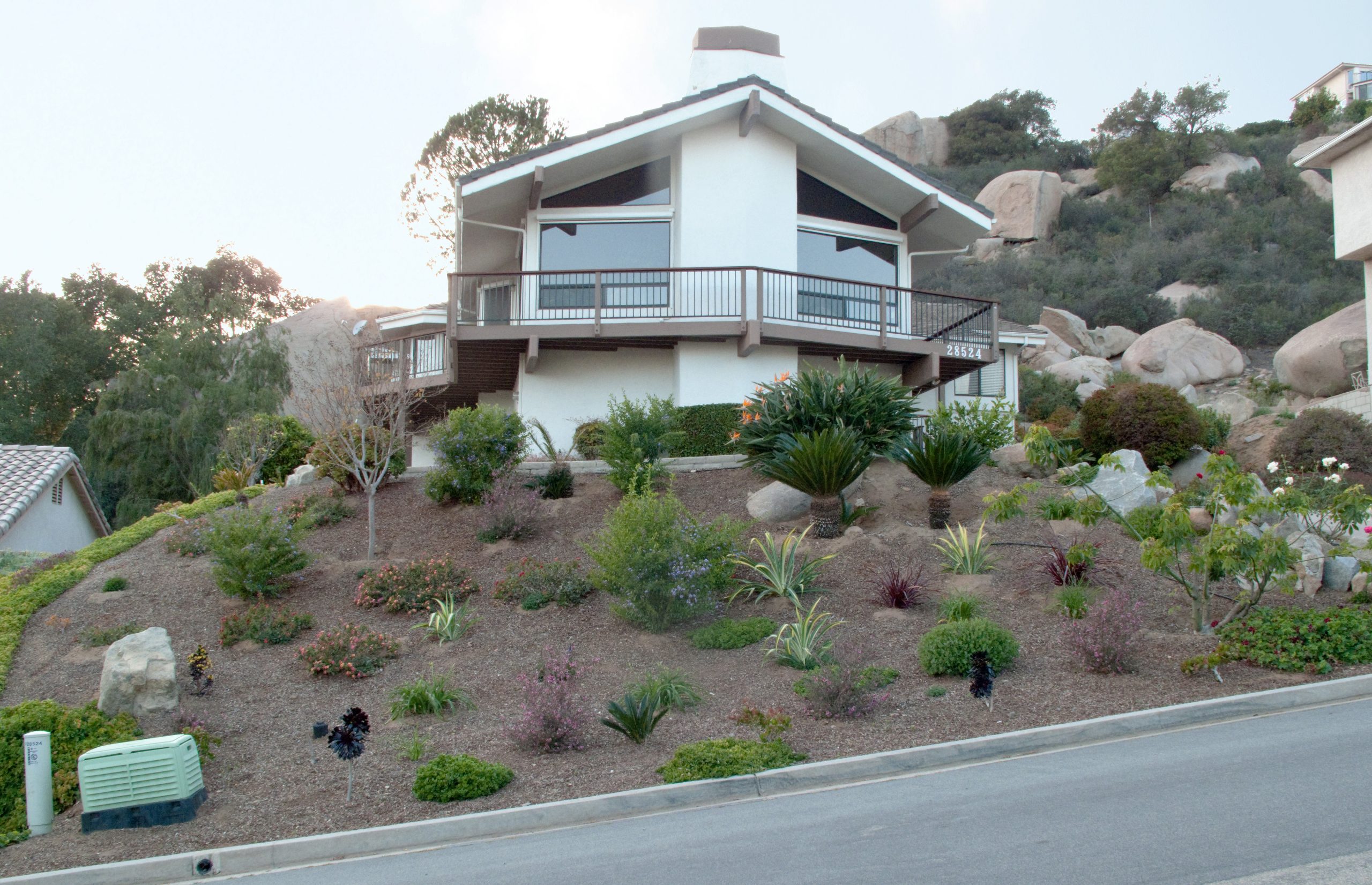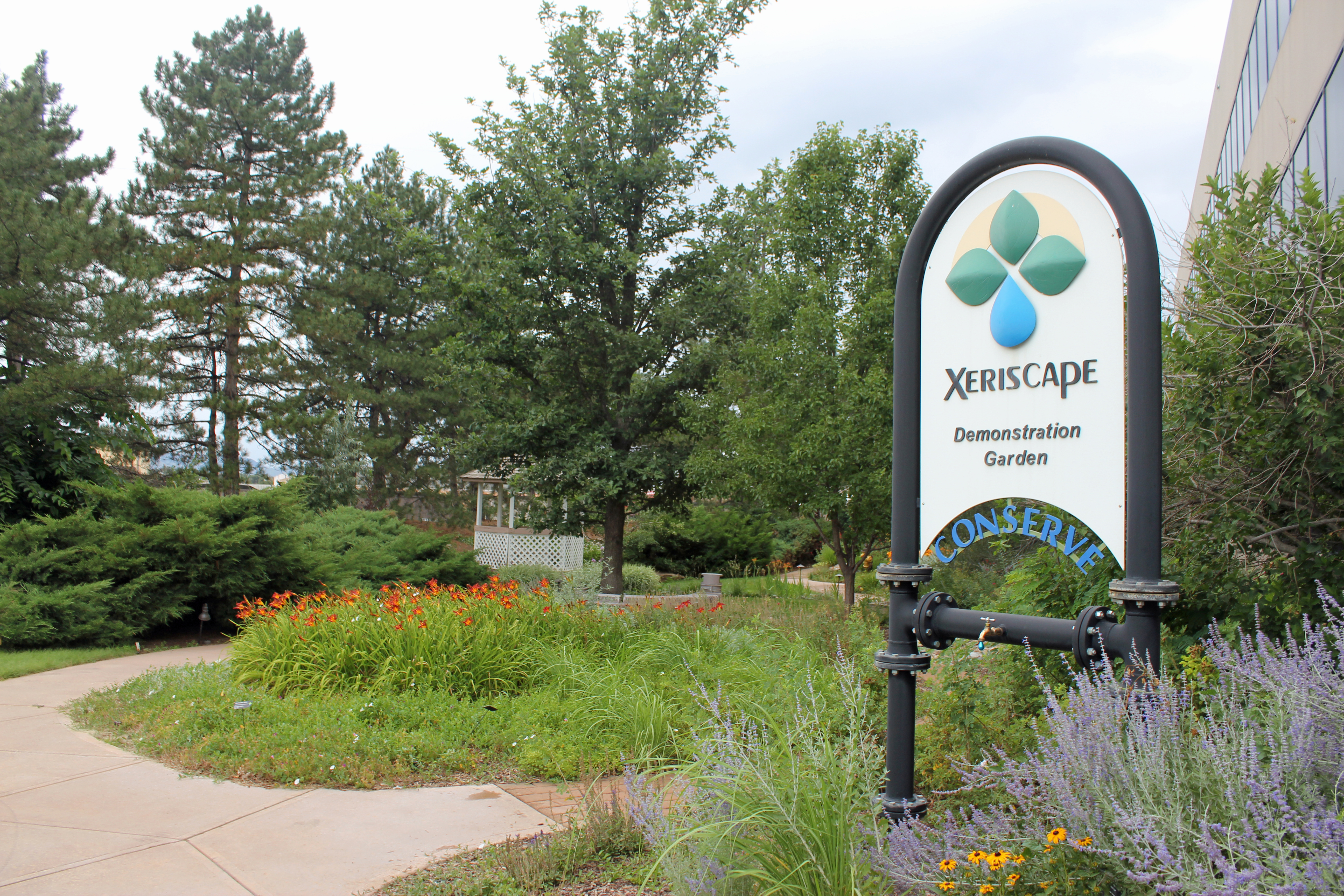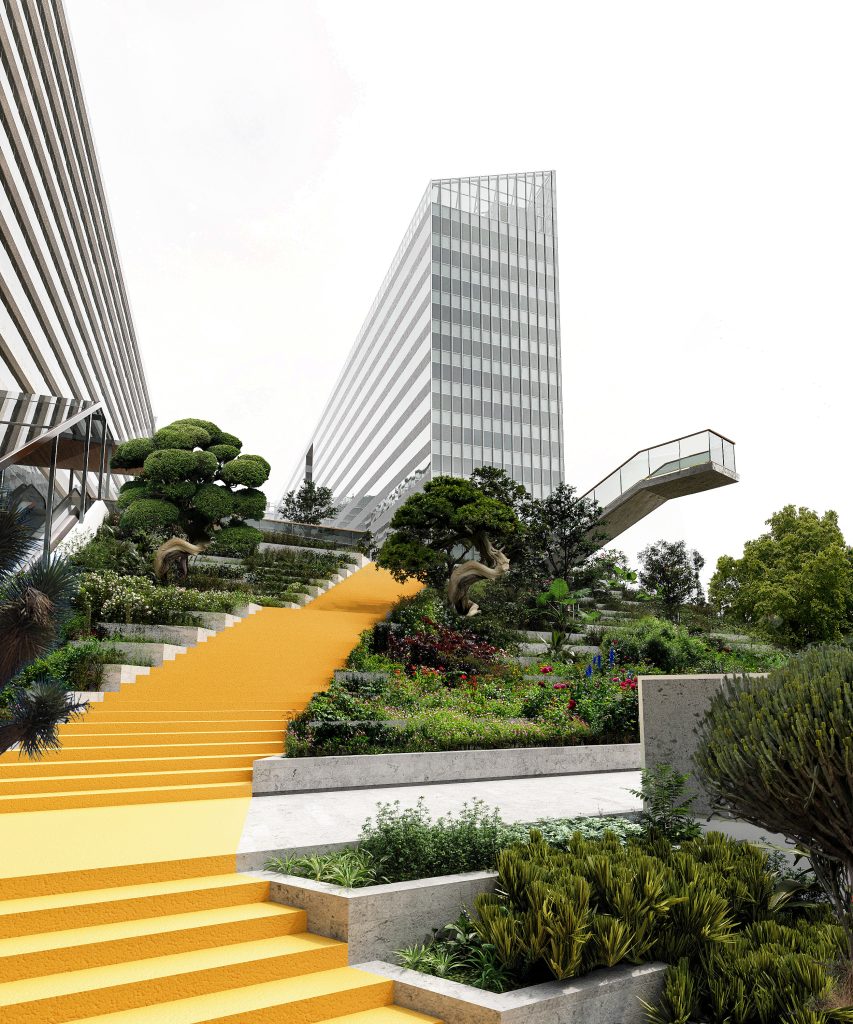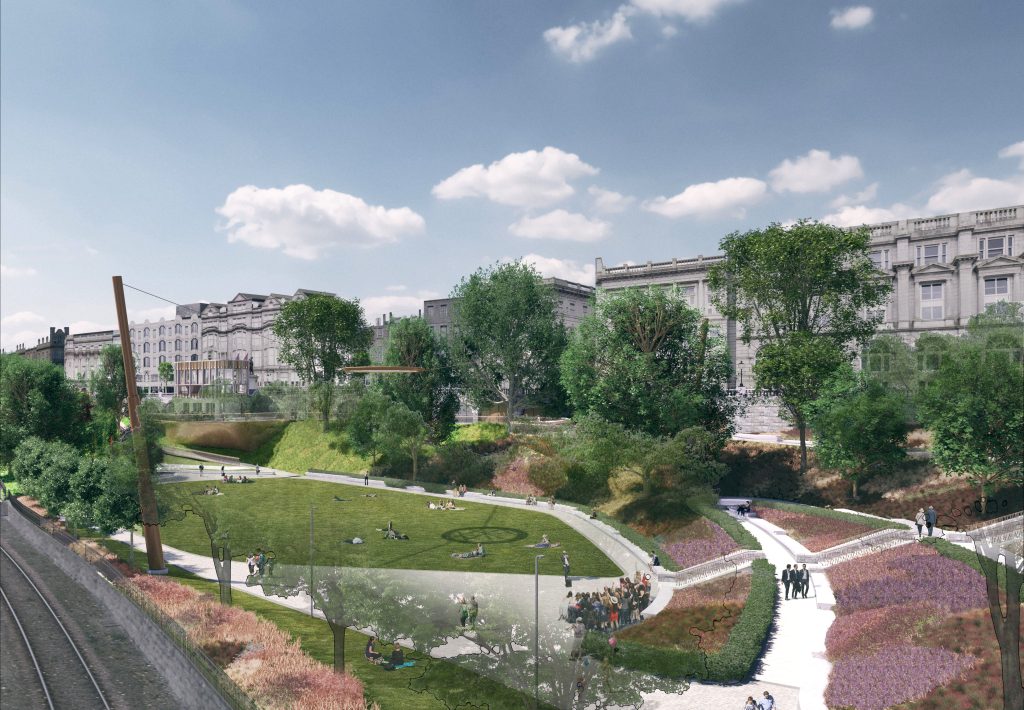What is Xeriscaping?

Billboard
Skyscrapper
Halfpage
Xeriscaping is a landscape design practice that reduces or even eliminates the need for water. It is particularly popular in dry regions, such as the western United States. Read more about xeriscaping and its potential here!
Xeriscaping: A definition
Xeriscaping or zeroscaping is a term that was invented by Denver Water in 1981. It derives from the Greek prefix xero, which means “dry”. Therefore, xeriscaping refers to a type of low-water landscaping that uses few or no plants. The practice is related to water-conserving landscaping approaches, and to drought-tolerant landscaping. With more and more regions in the world experiencing droughts, landscapes with reduced need for irrigation are an interesting avenue to explore.
Ideally, a xeriscaped landscape needs little or even no water beyond the water that the natural climate provides. In dry regions of the western United States, such as Denver, Colorado, water is already considered to be a limited and often expensive resource. Citizens are encouraged to limit the use of drinking water to alimentation rather than irrigation.
The practice of xeriscaping has environmental and financial benefits. It includes vegetation that is appropriate for the climate and will thrive with little added irrigation, making it drought-tolerant. Often, xeriscaping means replacing existing grass lawns with soil, mulch, or rocks, and native plant species. These include trees like myrtles and flowers like daffodils. There are also groups of plants that have adapted to arid climates, so-called xerophytes.

The advantages of xeriscaping
In places like Novato, California, residents receive incentives such as reductions in their water bills to convert their traditional front lawns into xeriscaping gardens. Considering that lawns are the largest irrigated crop in the States, accounting for almost a third of all drinking water use, according to NASA (2005). By focusing on xeriscaping plants, water use can shrink by 50 to 75 percent. Houses that choose xeriscaping can save up to 120 gallons of water a day, according to Novato’s municipal estimates.
This shows that xeriscaping offers both financial and environmental advantages by conserving water. It is also based on an efficient irrigation method: Drips and soaker hoses directly water the base of the plant, thus preventing water evaporation. By grouping plants with similar water needs, irrigation can be even more efficient.
In addition, xeriscaped gardens are drought tolerant. Cacti species in particular have evolved to resist droughts and conserve water. They provide shade and often look very beautiful. Agave, juniper, lavender, herbs, spices, black walnuts, and sapodilla trees are other examples of a diverse xeriscaped garden. Together, these plants improve biodiversity, lower pollution, and contribute to the mitigation of heat in urban areas. One more advantage is the low maintenance.
Key principles for a drought-tolerant garden
The principles of xeriscaping apply to any green space in a dry area. In the United States, the idea is mostly focused on private gardens, but there are also larger green spaces that showcase the transformation to a dry-landscaping approach. These are the seven design principles that serve as a guide to create a water-conserving and regionally appropriate landscape:
- Plan and design: The first step is the creation of a diagram showing the major elements of the landscape, such as existing vegetation and impervious surfaces. This is followed by a conceptual plan showing the areas for turf, views, perennial beds, and planting zones, which informs the planting plan
- Soil amendment: Based on the chosen plants, a soil conditioner like compost can be helpful to retain water. Some desert plans prefer gravel soils. Gardeners should decide whether to pick the soil or the plants first.
- Irrigation: Xeriscape irrigation works by hand or with a sprinkler system. To achieve maximum efficiency, each zone of the garden should have its own irrigation concept. Deep and infrequent irrigation is recommended.
- Plant and zone selection: Plants with similar light and water needs should be placed together to minimise water waste. Turf requires most water, whereas shrub and perennial beds use much less water. A variety of plants helps to achieve different heights, colours, and textures.
- Mulch: Mulch often plays a big role in xeriscaping because it keeps the roots cool, minimises evaporation, and reduces weed growth. Organic mulches include bark chips or wood grindings, whereas inorganic mulches would be rocks or gravel.
- Limited turf areas: Turf areas are small in xeriscaping. Appropriate native grasses can survive with little water on turf during the warm season, whereas cool-season grasses like bluegrass are greenest in spring and autumn.
- Maintenance: Even though xeriscaping comes with a reduced effort in maintenance, there are some care requirements throughout the year. Removed plant material can be shredded and composted to promote zero waste.

The environmental importance of xeriscaping
In the often temperate climate of countries such as Germany or Great Britain, grass lawns work well because rainwater tends to be abundant. In warmer, drier climates, however, grass lawns do not make sense environmentally. Households use up to 75 percent of their drinking water for irrigation, which is not just unsustainable and expensive, it also contributes to water scarcity. Droughts in recent years have seen municipalities limiting the water use for irrigation of private gardens.
Xeriscaping contributes to biodiversity, reduces water use, and eliminates the need for harmful nitrogen fertilisers. It supports the natural ecosystem and reduces maintenance efforts. However, there is still a lot of convincing to do as the front lawns can be a powerful status symbol. Finding the appropriate plants for xeriscaping in local nurseries can be a challenge. Working with homeowner associations to change codes and inform neighbours is a promising strategy to spread xeriscaping gardens in dry areas.
In other countries, xeriscaping can look like pocket forests, such as the ones pioneered by Japanese botanist Akira Miyawaki. They include naturally occurring trees in combination with a ground layer, a shrub layer, and a canopy layer. Rain gardens on roofs or sidewalks as well as gardens on driveways are other examples of gardens that need little to no irrigation.
Read more: This article explores what a waterless world might look like.












